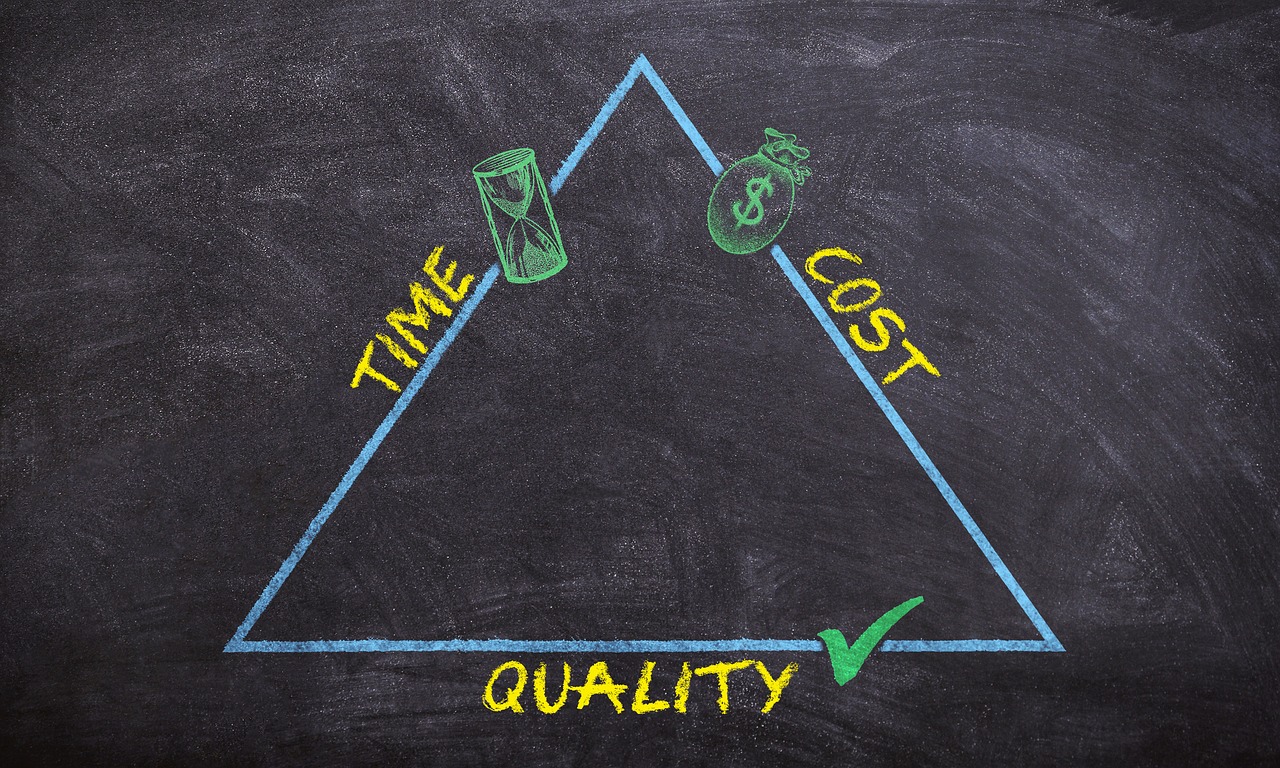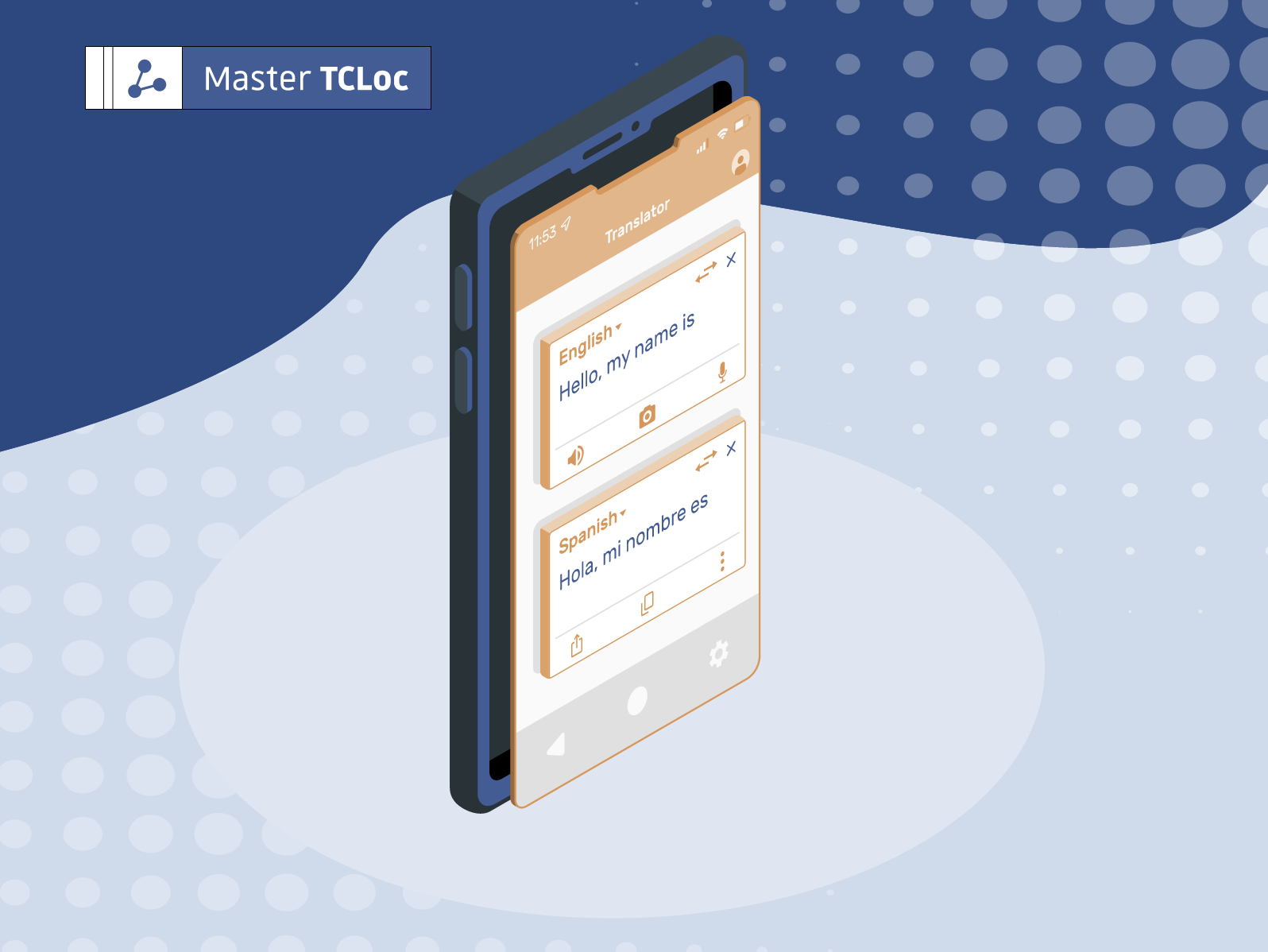As a localization project manager for medical documentation, I receive a lot of back translation requests from clients. If you work for a Language Service Provider and have never heard of the back translation process before, don’t worry and keep reading to find out!
What is back translation?
Back translation is the process of translating a previously translated text back into the original source language.
It is essentially aimed at providing additional quality assurance of the translated text. Your goal is to improve the quality of the translation and the back translation process is a means for achieving this.
Translation is a very subjective activity. Even the most experienced translators can accidentally leave some text untranslated or mistranslate some terms. Adding this step to your translation process will increase its quality and reduce risks.
In this article published by Chronicle, the American Translators Association magazine, you will find some real examples, insights, and common pitfalls of back translation.
When is it needed?
Generally speaking, your client will ask for a back translation when the content of the documents to translate is highly valuable and where an erroneous translation could have major consequences.
Back translations are very common in the Life Science industry which requires multiple levels of quality control. Most frequently, a back translation service is requested to satisfy legal or regulatory requirements.
A quick overview of the process
- The target language text is translated back into the original source language.
- The back translated text is then compared to the original source text, segment by segment, to find any inaccuracies and differences in meaning. This step is called “reconciliation”.
- A “reconciliation report” is generated. It contains all the issues found during the comparison step and these issues could relate to either the forward or back translation.
- The reconciliation report is sent to the original translator (forward translator), who goes through the issues, verifies if they are actual translation mistakes or just false positives, and corrects the translation.
- The report is also sent to the back translator, if the issues flagged also affect back translation.
- The final output of the whole process is an updated translation where all issues have been corrected. The back-translated text and the reconciliation report are your verification documents for audit purposes. The back translation is generally delivered together with the forward translation.
Pros and Cons
Translation is not a perfect science and back translation is never a guarantee for perfect quality. A back translation process can only mitigate risks.
Pros
Back translation increases the likelihood of finding and correcting that basic errors like omissions or inaccuracies before the text is sent to the client. This allows you to save time and money compared to when an error is caught at a later stage, when changes are no longer possible or more expensive to implement.
With back translation, linguists will read the text from different perspectives and this becomes an opportunity to identify errors and inconsistencies in the source text. This is not the primary benefit of the process, but it helps the client improve the original documentation’s quality for future use.
Cons
The main drawback of this extra layer of quality check is cost. Back translation requires double the effort of forward translation.
Turnaround times and time in general are additional factors to consider in a back translation. Due to the number of linguists involved and the fact that all translation and back translation activities happen in sequence, the time needed to complete the final documents could be twice that of a standard translation process.
Another element to take into consideration is that the back translation will never guarantee that the final document is 100% perfect. It is not aimed at identifying grammatical, spelling or punctuation errors. These issues should be identified and corrected during the forward translation stage, using additional proofreading steps or QA testing tools.
Tips
Communication is key. Your client will most likely be unaware of the different steps in translation, how long it takes, or why it is so expensive. Take the time to explain the process and avoid using confusing jargon.
You will encounter some resistance among linguists as well. The process is more time consuming and stressful than a simple translation. Again, as above, try to clearly define the scope of the task, explaining what is needed for each step. A strong relationship with linguists or language vendors will ensure that the process is easier to manage. Have a look at this blog post for some tips on how to collaborate effectively with language vendors.
It may seem obvious, but different linguists should carry out the forward and back translations. The forward translator should be a native speaker of the target language, while the back translator and the reviewer should be native speakers of the source language. Their common trait should be that both are experts in the subject matter of the text.
One suggestion for a successful back translation is to never inform the forward translator that there will be a back translation. The forward translator might be tempted to produce a very literal translation so that they can avoid queries, which will impact the stylistic aspect of the text.
The back translator, on the contrary, should be made aware that the task is a back translation. In this case, a more literal translation is what is required and they should not be preoccupied with stylistic constraints.
Conclusion
Your role as localization project manager is critical as you coordinate all activities and ensure that both the forward translator and the back translator implement the changes as required. In case of disagreements between linguists, you will mediate the review, with the end goal of ensuring that a common view is achieved to produce the best possible translation within the allocated time.
Back translation is just one of many tools that you can use to have more control on the final quality of a translation. With more experience, you will be able to advise your clients when the back translation process is the right choice for language validation of translated documents.
If you have any questions or you want to share your experience, submit a comment in the section below!
To read more posts about the translation and localization industry, visit the TCLoc blog section!



